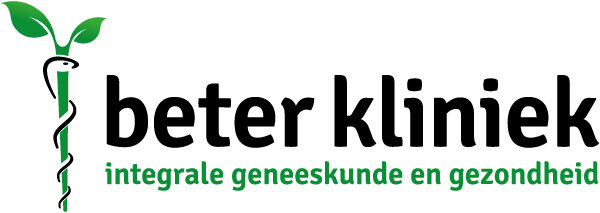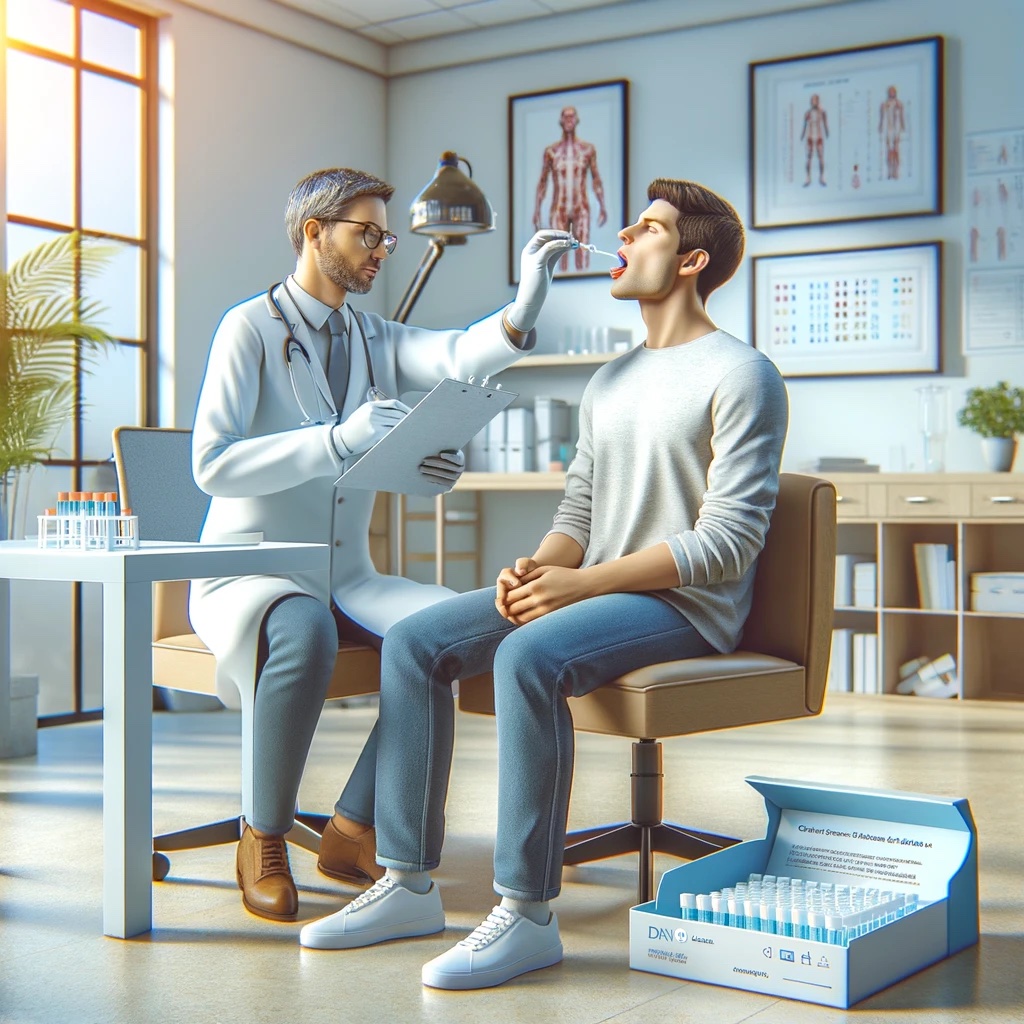Medical Regulation Thermometry (MRT).
Thermometry (total body check/ physiological examination)
Infrared Regulation Thermometry (using the AlfaSight 9000) is a functional examination of the body, just as an exercise ECG or a lung capacity measurement are functional examinations. It is a non-invasive, non-toxic and painless examination. Anyone as young as 6 years old can be measured.
Since it has been known that organ disturbances affect blood flow in the skin, Regulation Thermometry has been developed.
Infrared Regulation Thermometry visualizes the developmental process of disease in a physiological way, even before symptoms appear. It is a functional measurement of the regulatory capacity of all organs and allows for preventive intervention and very targeted further clinical examination or referral to demonstrate or exclude the possible suspicion of certain diseases.
Medical Regulation Thermometry (MRT).
Medical Regulation Thermometry visualizes in a physiological way the process of development of disease before symptoms appear. It is a functional measurement of the regulatory capacity of all organs and allows preventive intervention and very targeted referral to further clinical examination, to demonstrate or exclude the possible suspicion of certain diseases. MRT is thus a technique that indicates that measured abnormalities in the body's regulatory capacity can lead to more serious disturbances. Thus, it does not diagnose a disease such as cancer, but the imbalance that can lead to cancer.
How it works
An infrared sensor measures twice the temperature of 120 specific skin points corresponding to certain organs or tissues, before and after a cold stimulus. Organs respond to this cold stimulus through the autonomic nervous system; this response can be measured as a temperature change through the corresponding skin area.
The way skin temperature changes provides information about the regulatory capacity of the organ in question and the effectiveness of the immune system to respond to disturbances and threats.
The benefits of thermography
➢ Painless
➢ Without toxic substances
➢ Measure the whole body
➢ Detects disturbances at an early stage
➢ Detailed report
➢ Non-invasive, no radiation
➢ For all ages six and up
➢ Reliable thanks to more than thirty years of research
Extra attention is paid to the risk of prostate and breast cancer.
Risk factors are indicated in order of importance
➢ Food allergy,
➢ Adrenal exhaustion,
➢ Jaw inflammation,
➢ Circulatory disturbances,
➢ Viral load,
➢ Intestinal flora disruption, etc.
Early indications for include:
➢ Diabetes
➢ Thyroid disorders
➢ Stomach discomfort
➢ Cardiovascular disorders
➢ Cancer
➢ Intestinal problems
Differences between Infrared Camera Thermography and Medical Regulation Thermometry
The similarity is that both techniques use temperature measurements to gain insight into what is going on in the body.
The difference is that Medical Regulation Thermometry (MRT) measures not only the temperature but also the function of the regulatory system while IR camera thermography measures only the temperature at that moment.
MRT is a functional, dynamic test while infrared camera recordings, like mammography, provide a static image. It can be compared to a mechanic looking at the engine for broken parts without testing them. Medical Regulation Thermometry not only examines the parts and records abnormalities such as hot and/or cold spots, but also tests the regulation.
Dental and jaw problems block immune system
Heavy metal loads from amalgam fillings or chronic inflammation in the gums or tooth root are associated by many doctors and scientists with diseases such as chronic fatigue, multiple sclerosis, decreased resistance, chronic intestinal inflammation and allergies. Measurements show whether the teeth and jaw play a role in the symptoms.
When regulatory thermography
A regulatory thermography is useful to do in the following situations:
As Prevention
Thermography informs about weak spots and loads that will start to cause symptoms if left untreated.
As a preventive breast or prostate exam
In America, the FDA has recognized Regulation Thermometry as an additional diagnostic option in breast and prostate cancer. Breast cancer is increasingly common in younger women, and because this examination is radiation-free, it can be done without risk of side effects. Analysis of the measurements not only reveals the risk of problems but also indicates what factors can be influenced to reduce the risk.
For vague complaints
Migraines, Lyme disease, chronic fatigue, fibromyalgia, rheumatoid arthritis, accelerated wear and tear, intestinal inflammation and stomach upset are some health problems where regulatory thermography can indicate where possible causes lie.
Interested?
The BeterKliniek has many years of experience with the application of Medical Regulation Thermometry. After making an appointment, you will be sent preparation instructions by email.
The measurement takes about 30 minutes. You can make appointments in different ways:
- You make an appointment purely for the Thermometry. After the measurement, you will be given the report immediately, which you will discuss with your practitioner if desired.
- You will make an appointment for Thermometry with, if possible, a subsequent consultation with our doctor who will explain to you in detail the results of the measurement and propose a further examination and therapeutic plan.

